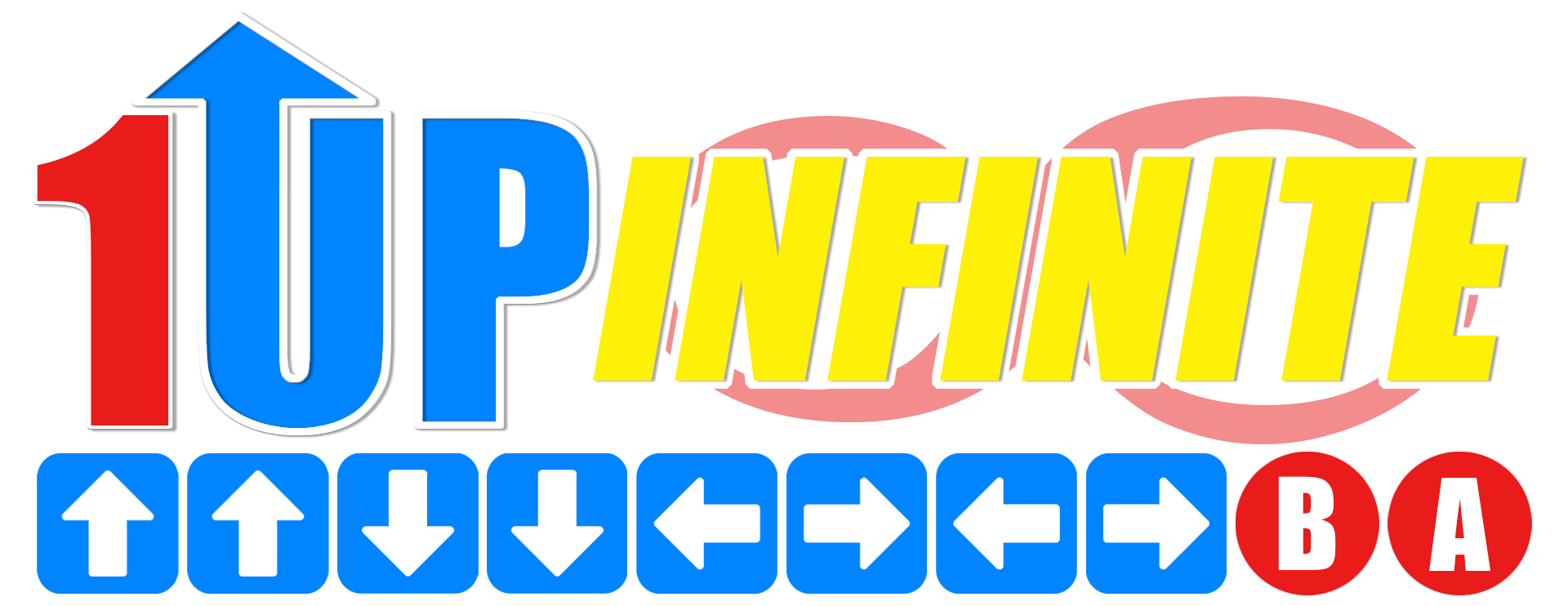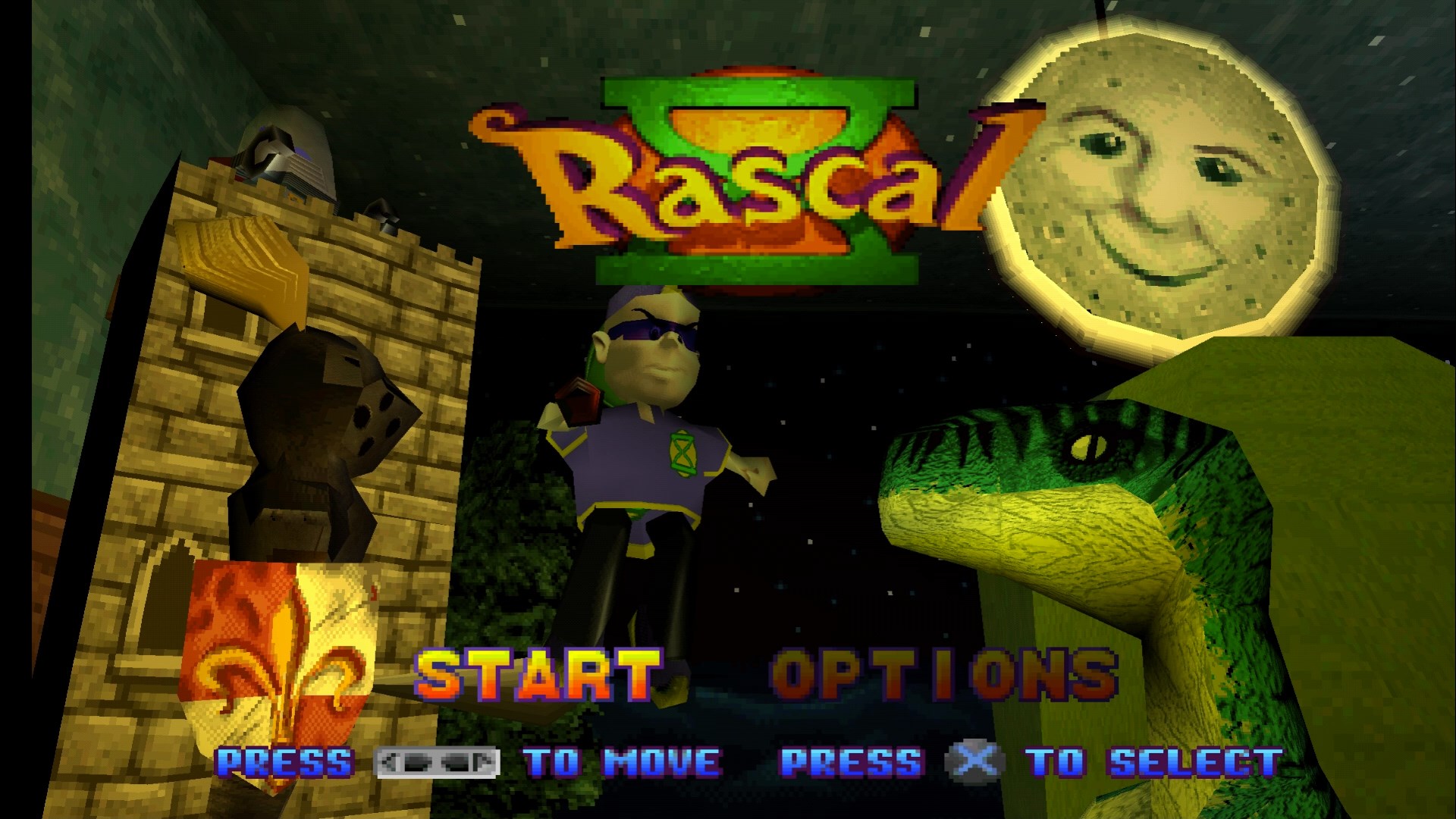What's the one thing players think of when they think of October? Right now, arguably Marvel's Spider-Man 2, which has been a long-awaited sequel to the original Marvel's Spider-Man. Often considered one of the best superhero games released within the past decade, Spider-Man was an example of Insomniac Games's experience, work ethic, and knowledge of the source material all working in tandem with each other.
While the sequel is expected to achieve greater success than the original, some games are unfortunately known for the other end of the "best game/worst game" spectrum. Almost twenty years before the original Spider-Man, Rascal was released in 1998. It was another action platformer that didn't quite live up to a warm reception despite best intentions and a well-known developer at the helm.
Unfortunately, Rascal is not a "horror" game, at least not on the same level as the number of first-person haunted hospital games that have seen a resurgence. One look at the cover says it all, with the titular character wearing an animated expression on his face as he loads a bubble gun with several environments in the background. It screams cool and this was what got me when I was a kid. I received this as a Christmas gift, not knowing anything about the game besides the box art.
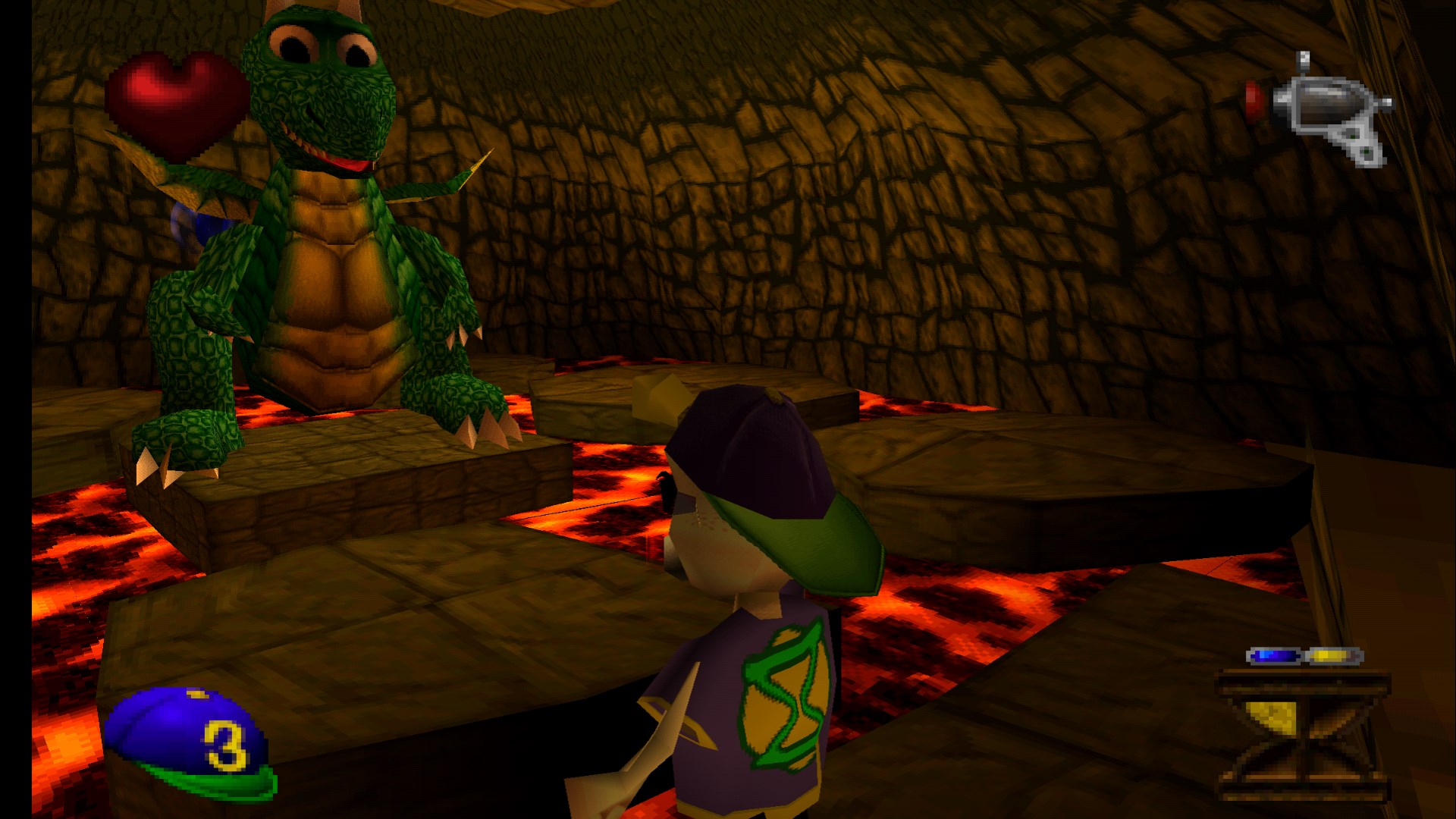
This was before I would be able to read full-page magazines, which would have warned me of this travesty. You'd be forgiven for falling into the same trap as back then, a box art could be enough to entice young players to play a crappy game. Cool promotional material isn't enough to save a game from its fate, unfortunately.
What did seven-year-old me, who had no knowledge of Rascal nor had any idea of how infamous it was, think of the game? If it means anything, after playing it for my birthday, I seldom touched it because I didn't have fun. At all. I gave it several chances as well, but it just never clicked until it eventually became a drink coaster. Mom wasn't too thrilled about it, using her hard-earned money to see her child use it to prop their soda, but I didn't enjoy my time with Rascal.
Let's play devil's advocate for a moment here. Perhaps I was far too young to understand the craftsmanship that Traveller's Tales were going for. I mean, it's Traveller's Tales, a developer that still exists to this day, recently developing the LEGO Star Wars titles. In the 2000s alone, Traveller's Tales would develop games for various IPs, including Crash Bandicoot, and would become immortalized as they would find their niche.
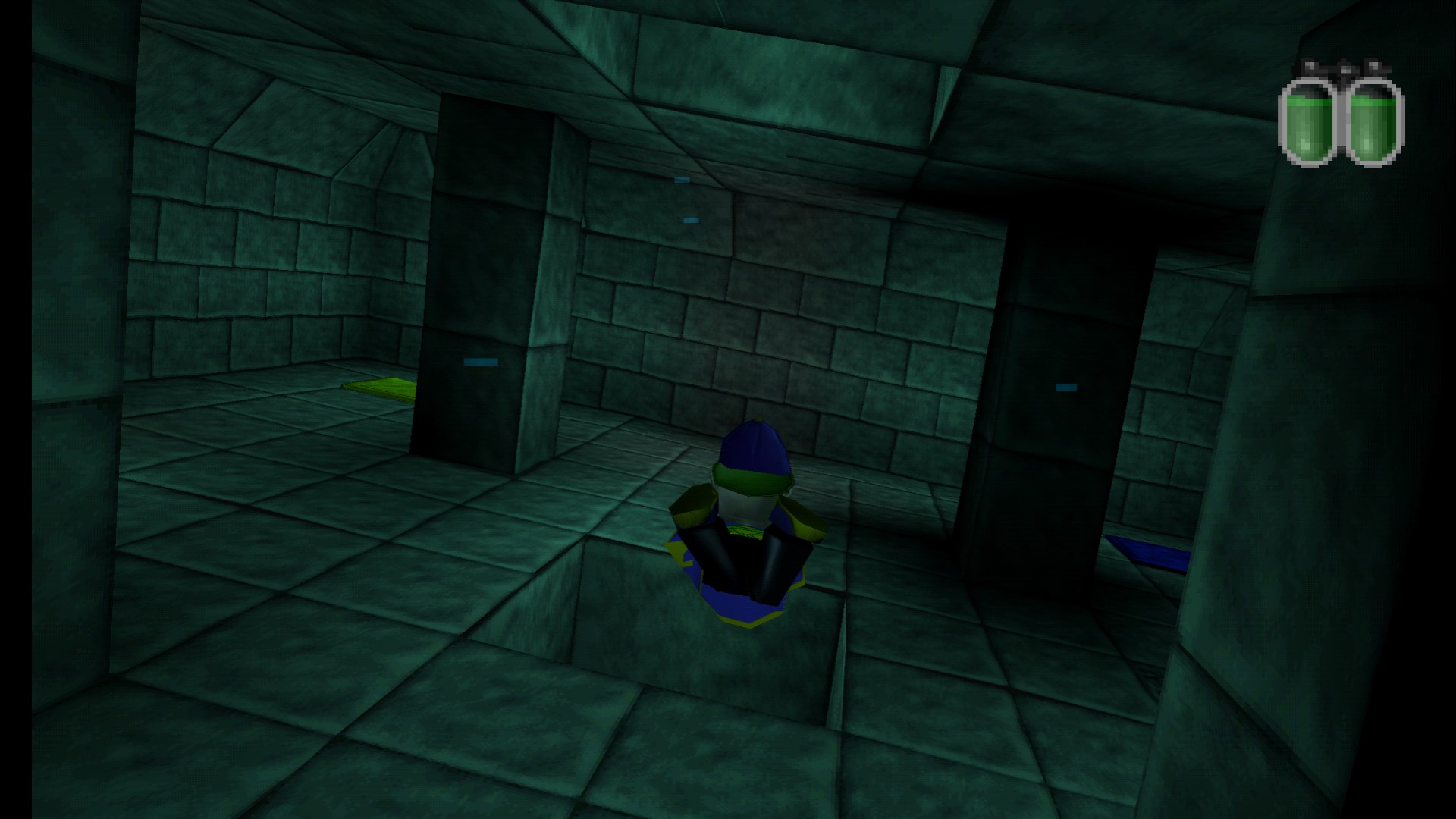
However, this was still very early, with the only other 3D titles developed being Sonic R in 1997 and A Bug's Life in 1998, the same year as Rascal. Looking back at it now, all three games share a similar problem and it's how the controls feel like they're working against the player. Movement in Rascal is floaty but momentum-based as Rascal will move up to a certain speed gradually. I highly recommend using an analog controller as Rascal had Dual Shock support at the time. For some reason, the right analog stick wasn't thought of to be used with the camera controls.
Replaying Rascal for the first time since I was a child again, the game begins abruptly, placing Rascal in his room and allowing the player to explore the vacant household. The house is the game's central HUB with levels accessible via portals. More will unlock as players continue to play through the game, beginning with the Castle world. Rascal will also explore the Aztec, Atlantis, Wild West, and a Pirate Ship. Keeping up with the concept of time, there are "past" and "present" versions of each world, for a total of ten levels.
The Castle world for example turns into a museum in the present, with modern enemies and traps to reflect the period. What was once the site of an outlaw town is now modern-day Hollywood in the Wild West. Likewise, a pirate ship is now sunken, with an emphasis on underwater levels. In each level, the player needs to defeat several enemies that may hold a piece of a puzzle. After collecting all pieces of the stage puzzle, scattered throughout the level, the player will open the portal to end the level. Clearing a "past" and a "present" variant of each world will unlock a specific boss. Defeat all the bosses to unlock the final boss and it's a fairly standard 3D platformer once it all comes together.
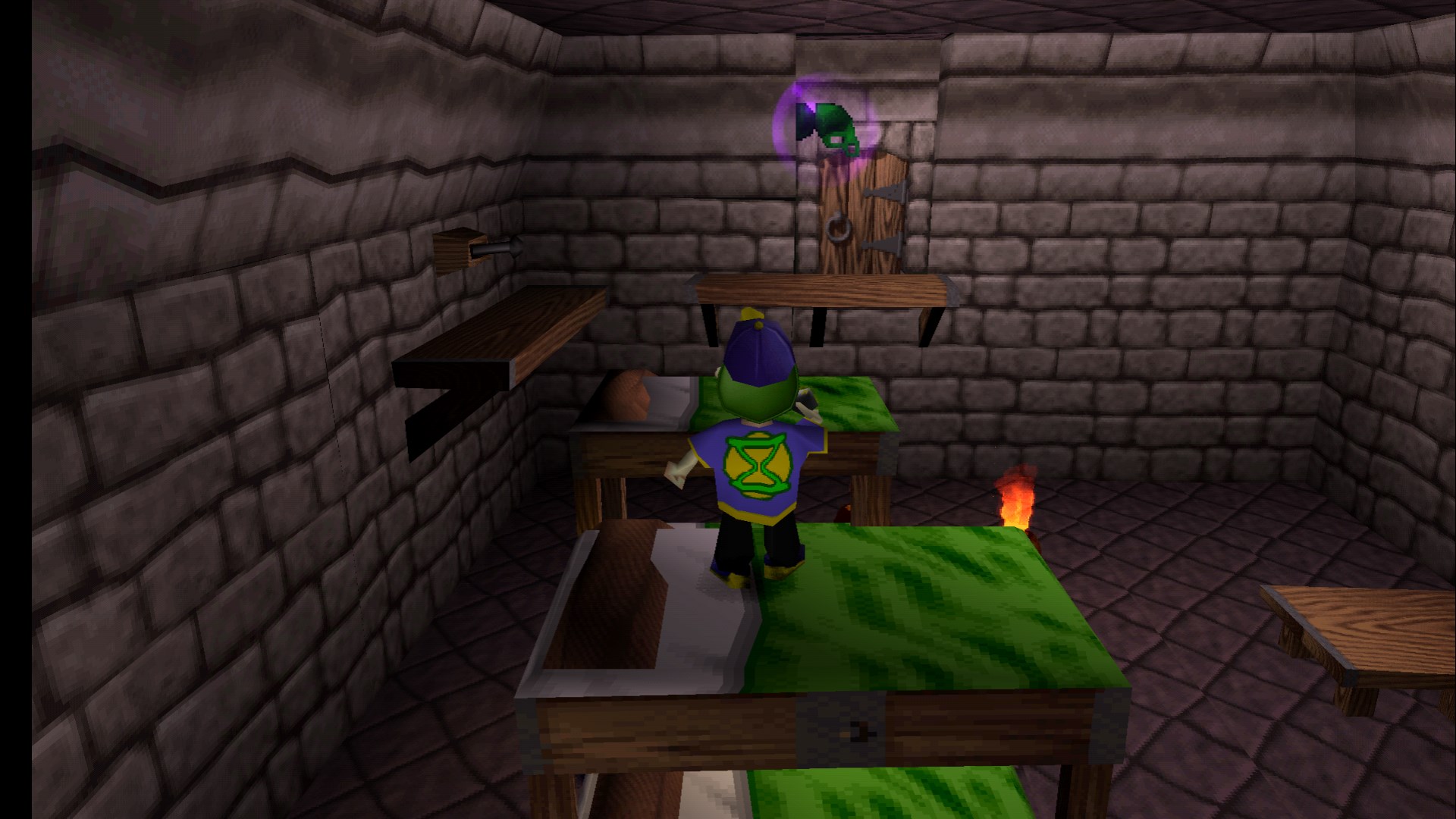
Perhaps I may have judged the game a touch too harsh in my youth, but there are glaring flaws that I still feel are irredeemable for a title like this. For comparison's sake, Super Mario 64 was released years before and it had one of the best camera controls to this day. This was without the use of a second analog stick and the Nintendo 64 controller wasn't the most convenient to hold. I cannot say the same for Rascal as the camera is the toughest enemy to fight in this game.
Every time Rascal enters a room, the camera swivels upward and fights to return to its original position behind him. A vast majority of the levels are tight hallways and enclosed spaces with enemies and traps waiting to ruin Rascal's day. In some rooms, I found myself taking damage from an unknown source due to the awkward camera in encounters that shouldn't be difficult. Most of the enemies behave the same. They chase towards Rascal and Rascal shoots them down with his bubble gun.
The bubble's power depends on how much ammo is left. Having zero ammo means the bubbles do next to zero damage, meaning preserving ammo is a must. Thinking about it this way, Rascal could be considered a third-person platforming shooter. All he has is his bubble gun and the ability to Goomba stomp minions.
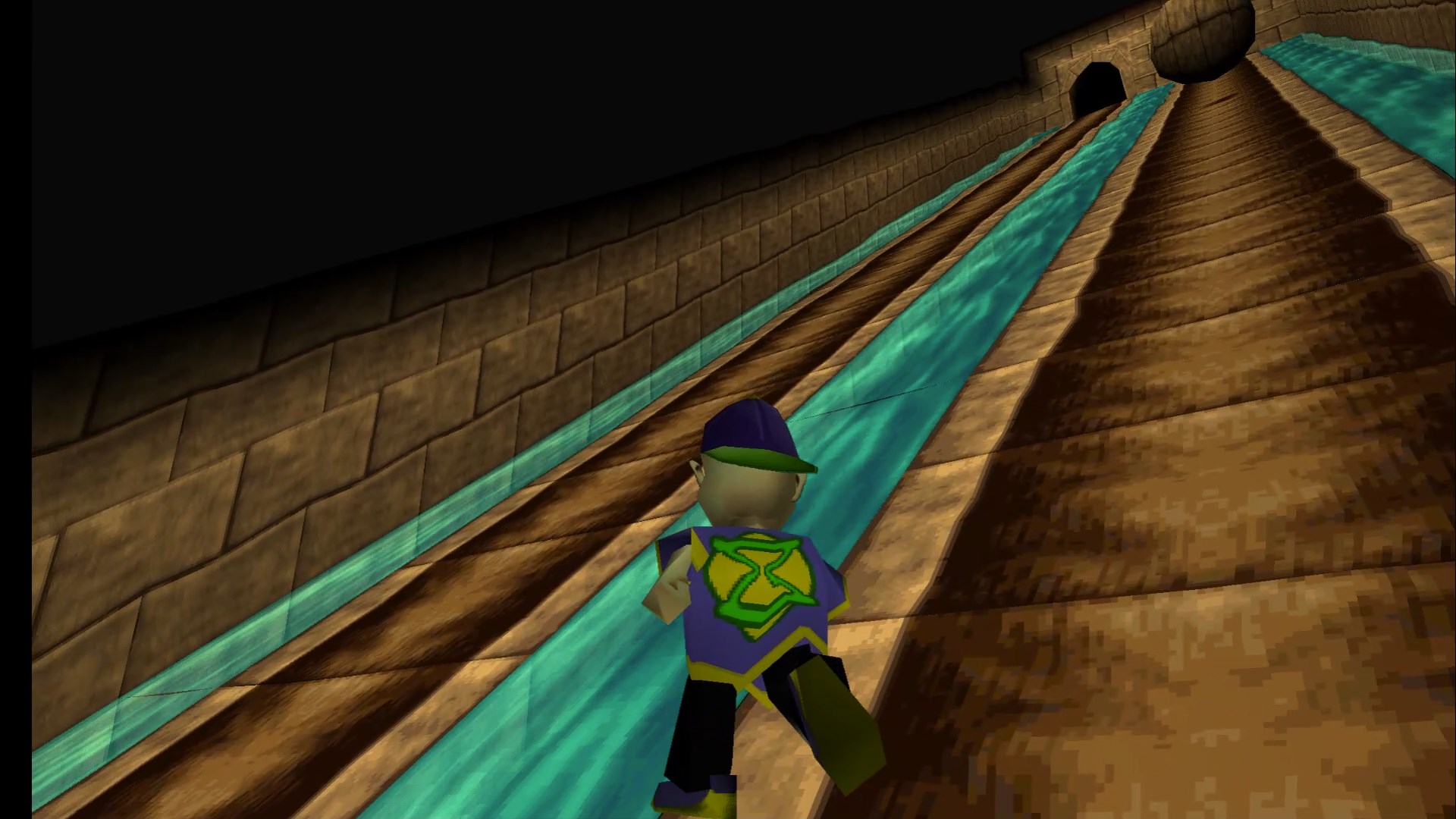
Almost anticipating that the player would run out of power-up items and health items, rooms will endlessly spawn minions that serve as fodder to replenish resources. However, not even this blessing is without a caveat as for some reason, enemies will drop a "power-up" that damages the player instead. This means that the player can't mindlessly farm these critters for resources, but it's still a cruel way to go about it. There are some interesting platforming mechanics and the on-rails sections suck, but all things considered, Rascal wasn't a bad game.
It's certainly not a great game by any stretch and I think because so many games like Rascal have been released, players have developed a keen sense of how older games are meant to be played. The concepts and ideas were there, the aesthetic reflected a 1990s comic book, and the game was an amusing challenge. Traveler's Tales would go on to release Toy Story 2, often considered one of the best licensed video game platformers from the PlayStation era, which touched upon many of the criticisms that hampered Rascal's success. Further proof that maybe Rascal wasn't a terrible game, but it didn't have quite the winning formula yet.
